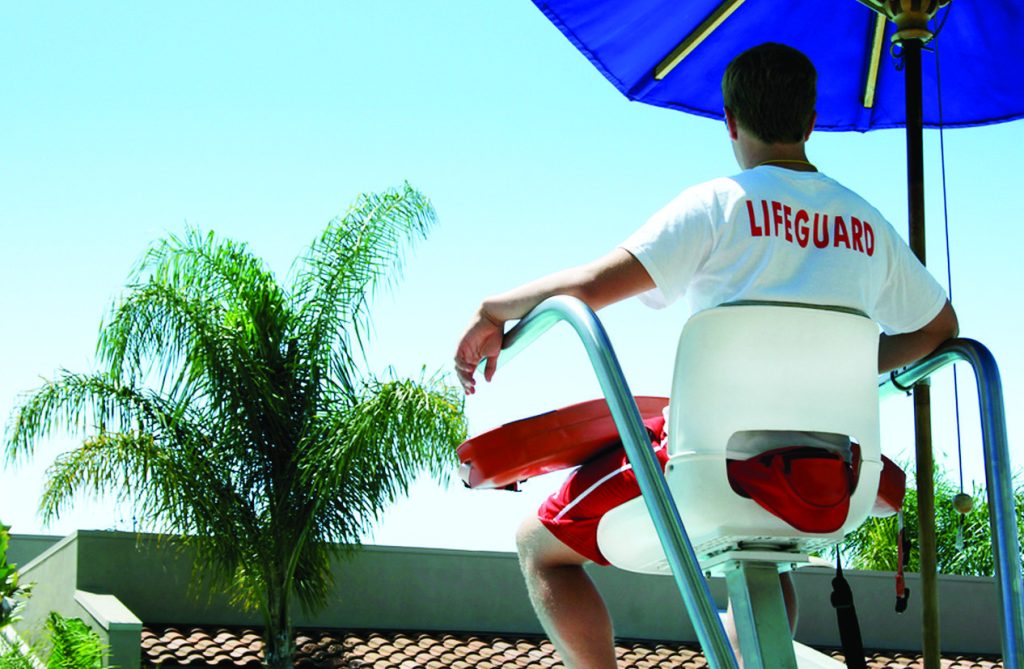CPR Training: Lifesaving Skills of American Lifeguard
CPR is mandatory for all professional lifeguard certificate. This training equips lifeguards to maintain blood flow and oxygenation to vital organs in victims experiencing

Lifeguard certificate
Introduction to CPR and Rescue Preparedness
In the demanding world of aquatic safety, American lifeguards are trained not only to supervise swimmers but to serve as frontline responders in emergencies. Their ability to execute CPR (Cardiopulmonary Resuscitation) and perform rescue techniques often determines the outcome of life-or-death situations. The importance of this training cannot be overstated—it is the cornerstone of every certified lifeguard’s skill set.
The Critical Role of CPR in Lifeguard Training
CPR is mandatory for all professional lifeguard certificate. This training equips lifeguards to maintain blood flow and oxygenation to vital organs in victims experiencing cardiac arrest, drowning, or respiratory failure. American lifeguards are taught both adult and pediatric CPR, including:
- Chest compressions at the recommended depth and rate (at least 2 inches at 100–120 compressions per minute)
- Rescue breathing using protective barriers or bag-valve masks
- AED (Automated External Defibrillator) usage for shockable heart rhythms
- Assessment of breathing and pulse within 10 seconds of response
This comprehensive instruction ensures that lifeguards can respond confidently to cardiac emergencies before paramedics arrive.
Rescue Techniques: Water and Land-Based Proficiency
Effective lifeguard rescue training encompasses a wide array of techniques that go beyond CPR. These techniques are tailored to a variety of scenarios, from distressed swimmers to unconscious victims submerged underwater.
Water Rescue Techniques
American lifeguards are rigorously trained in:
- Active victim front and rear rescues
- Passive victim rescues, where the individual is unconscious
- Multiple victim management
- Rescue approaches, including compact jumps, stride entries, and slide-in entries
- Use of rescue tubes and backboards to secure and extricate victims safely
These strategies emphasize minimizing risk to the rescuer while maximizing the efficiency and speed of the rescue.
Land-Based Rescue Protocols
Once a victim is safely out of the water, lifeguards transition to land-based care. This includes:
- Secondary assessments for injuries and symptoms
- Spinal injury stabilization, using cervical collars and backboards
- Bleeding control and treatment for shock
All of these protocols align with American Lifeguard USA standards, ensuring nationwide consistency and compliance.
Emergency Response Scenario Training
Realistic scenario-based training forms a crucial part of the certification and recertification process. Lifeguards are evaluated on their performance in simulated emergencies to reinforce muscle memory and stress response. These drills simulate conditions such as:
- Drowning rescues
- Cardiac arrest events
- Neck or spinal trauma
- Seizures in water
- Unconscious unresponsive swimmers
The inclusion of team coordination in these drills emphasizes clear communication, task delegation, and swift action under pressure.
Legal and Ethical Responsibilities of Lifeguards
Lifeguards are bound by duty to act, once certified and on duty. Their legal responsibilities include:
- Providing appropriate first aid and emergency care
- Activating the Emergency Medical System (EMS)
- Documenting the incident thoroughly
- Obtaining consent when possible before administering care
Failing to act within the scope of training could lead to legal consequences. Ethical decision-making, therefore, plays a vital role in every emergency handled by a lifeguard.
Certification Bodies and Standards
Several reputable organizations oversee the certification and training of lifeguards across the United States, including:
- American Lifeguarding
- American Lifeguard USA (ALU)
Each follows strict guidelines to ensure that lifeguards are competent in CPR, first aid, and rescue skills. Certification typically includes:
- Minimum 20–30 hours of in-person training
- Practical assessments in water and on land
- Written examinations
- Regular recertification every 1–2 years
Continuing Education and Recertification
Lifeguards must undergo regular recertification to keep their skills sharp and stay updated on evolving medical guidelines. This includes:
- CPR and AED skill refreshers
- Updates on rescue techniques and first aid protocols
- Participation in in-service training sessions
- Reassessment through lifeguard challenge tests
This commitment to lifelong learning ensures that American lifeguards maintain a high level of readiness throughout their careers.
The Psychological Preparedness of Lifeguards
Rescue scenarios can be psychologically taxing. Therefore, mental conditioning is integrated into lifeguard training to enhance:
- Situational awareness
- Decision-making under stress
- Calm and assertive communication
- Post-incident debriefing and self-care practices
These elements are critical for avoiding burnout and maintaining mental resilience in high-pressure environments.
Advanced Lifesaving Skills for Specialized Roles
Certain environments require lifeguards to possess advanced lifesaving skills. For instance:
- Surf lifeguards must be trained in ocean currents, rip tide rescues, and jet ski operation
- Waterpark lifeguards are trained in slide dispatching, wave pool management, and crowd control
- Pool lifeguards may focus on diving well supervision, lap swim safety, and competitive swim monitoring
In each case, lifeguards are equipped with site-specific emergency action plans (EAPs) that dictate procedures for different scenarios.
Community Impact of Well-Trained Lifeguards
Beyond their immediate duties, lifeguards play a pivotal role in community safety education. They often:
- Conduct water safety workshops
- Educate the public on drowning prevention
- Teach basic CPR and first aid to civilians
- Collaborate with schools and camps for safety drills
This proactive engagement helps reduce the number of aquatic emergencies and fosters a safety-first culture around pools, lakes, and oceans.
This Mother’s Day, Make It Unforgettable with Gifts
Why is Lifeguard Certification Important?
Lifeguards are responsible for preventing drownings and responding to emergencies, so they must be trained and certified to act fast and effectively. Certification ensures that the lifeguard has:
- The knowledge to identify potential hazards
- The skills to perform rescues and first aid
- The confidence to handle high-pressure situations
- The legal qualifications to work as a professional lifeguard
What Are the Requirements to Enroll?
Most lifeguard training programs have prerequisites, such as:
- Minimum age (usually 15 or 16 years old)
- Ability to swim 300 yards continuously using front crawl and breaststroke
- Ability to retrieve a 10-pound object from deep water (within a time limit)
- Tread water for a set time (usually 2 minutes) without using hands
These skills are tested before the course begins.
What Does Lifeguard Training Include?
A standard lifeguard certification course includes 20–30 hours of both classroom instruction and in-water practice. You’ll learn:
Water Rescue Skills
- Active and passive victim rescues
- Spinal injury management in water
- Use of rescue equipment (rescue tubes, backboards, etc.)
First Aid
- Wound care, bleeding control
- Treating heat exhaustion, hypothermia, and other medical issues
- Shock management
CPR and AED
- Adult, child, and infant CPR techniques
- Rescue breathing and airway management
- Use of Automated External Defibrillators (AEDs)
At the final end
The comprehensive CPR and rescue training of American lifeguards is more than a certification—it’s a lifesaving mission. These professionals are trained to act swiftly, ethically, and skillfully in high-stakes environments, ensuring the safety of countless individuals in and around the water. Through rigorous training, ongoing education, and community involvement, lifeguards uphold the highest standards of emergency response and public safety.



